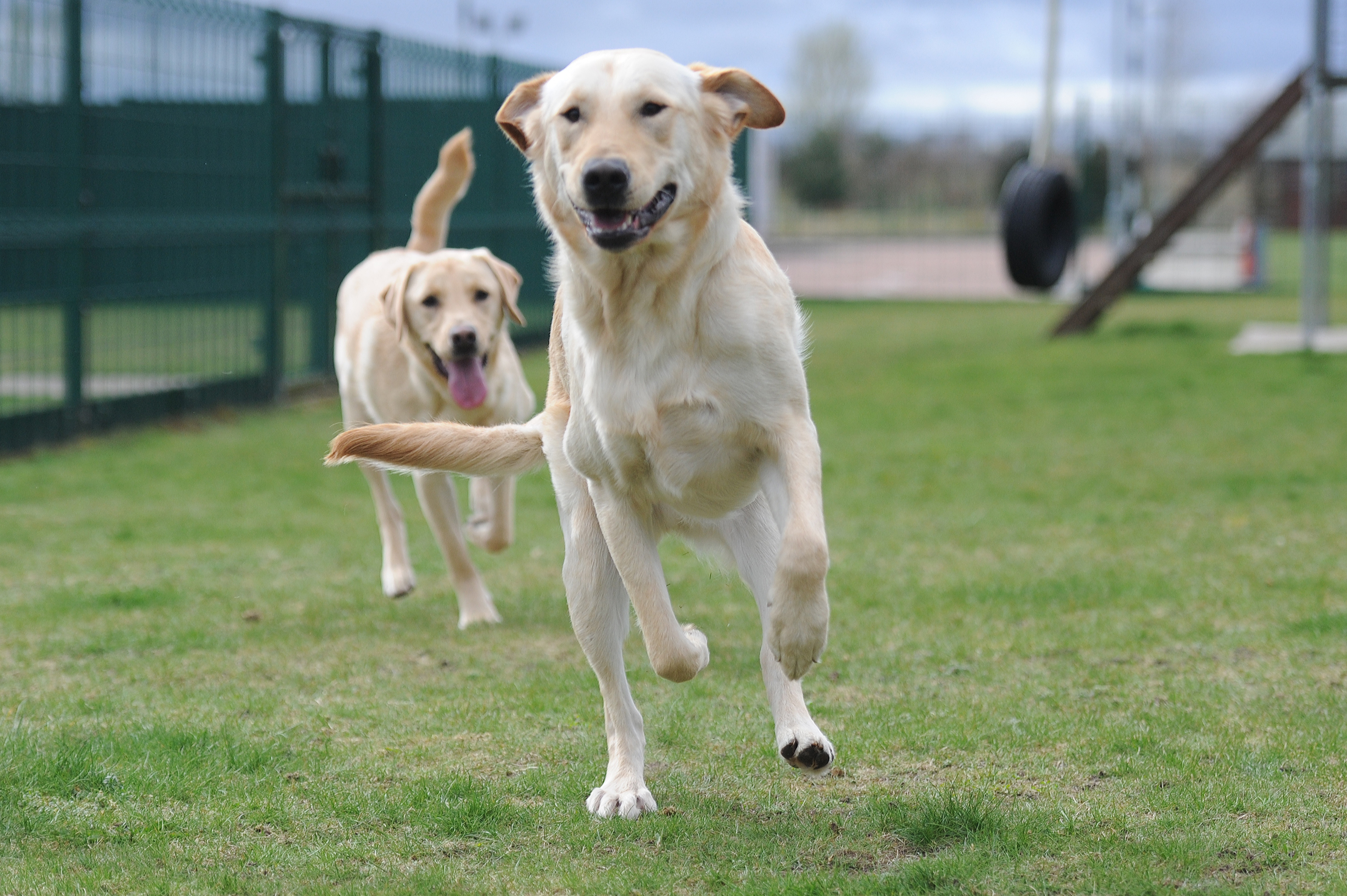Ministers have bowed to demands to ban electric shock dog collars.
The controversial training device will be outlawed in Scotland, the SNP administration said on Wednesday.
It marks a change of tack from the government, which decided against a ban less than two years ago in favour of increased regulation.
Roseanna Cunningham, the Environment Secretary, said: “After carefully considering the concerns raised by stakeholders and the public about electronic training collars for dogs, particularly the ready availability on the internet of cheap devices which can be bought by anyone and used to deliver painful electric shocks, I have decided to take steps to effectively and promptly ban their use in Scotland.
“Causing pain to dogs by inappropriate training methods is clearly completely unacceptable and I want there to be no doubt that painful or unpleasant training for dogs will not be tolerated.”
The effective ban is included in draft guidance that will form part of the Animal Health and Welfare Scotland Act (2006).
Electric collars are used to train animals with behavioural problems, but have been dubbed “cruel and unnecessary”.
The move to ban the devices north of the border was welcomed by charities and campaigners.
Harry Huyton, director of animal charity OneKind said: “Electric shock collars are cruel, unnecessary and ineffective.
“I’m delighted that the Scottish Government has today taken a stand against cruelty and taken decisive action against their use.”
Mark Ruskell, for the Scottish Greens, said the Scottish Government has made a sudden U-turn.
“In just two months Scottish Ministers have shifted from proposing a new qualification for those who wanted to hurt dogs – an NVQ in animal abuse – to making it clear that use of these devices can be considered as criminal,” he said.
Scottish Tory Maurice Golden, who collected 20,000 signatures calling for the ban, said: “I’m glad that our campaigning has finally forced the SNP to see sense on this issue – that electric shock collars are harmful, and the expert advice is clear that electrocuting dogs doesn’t help train them.”
Colin Smyth, for Scottish Labour, said the collars do not belong in the 21st century.
Questioning if the guidance goes far enough, he added: “A Labour government in Wales has led the way on this issue with a full ban and the Scottish Government needs to catch up and ensure that is what happens in Scotland.”
Ms Cunningham said while the guidance under the Act is advisory it can be used by prosecutors to establish liability for causing unnecessary suffering.
It will “make clear that training which includes unpleasant stimuli or physical punishment can cause pain, suffering and distress” may amount to an offence.
The guidance will specify “inappropriate training” and the use of electronic collars.










